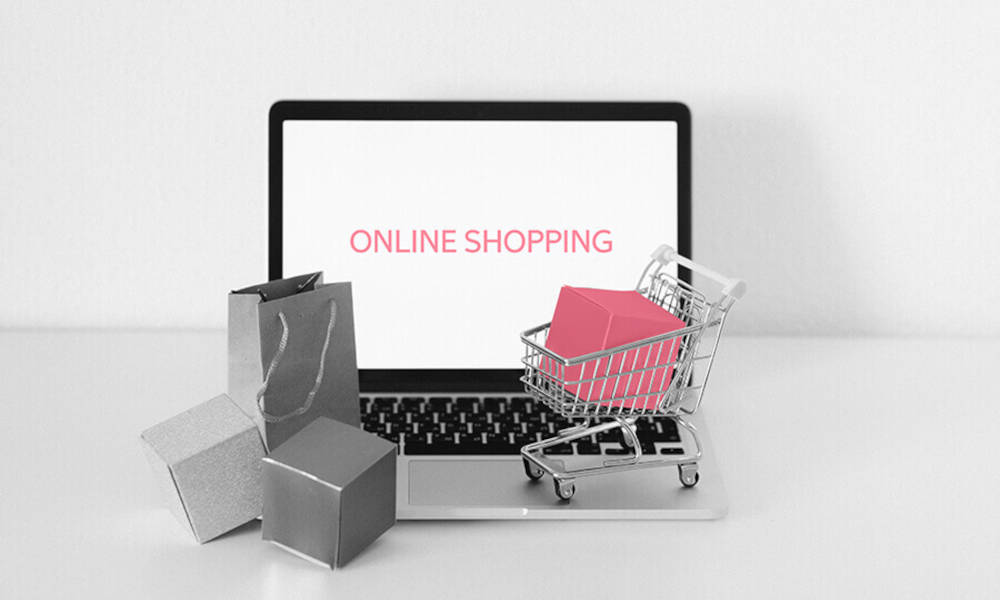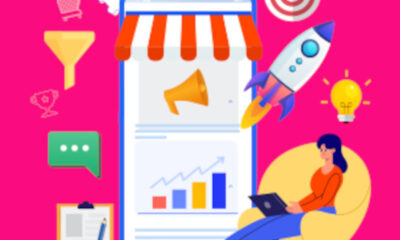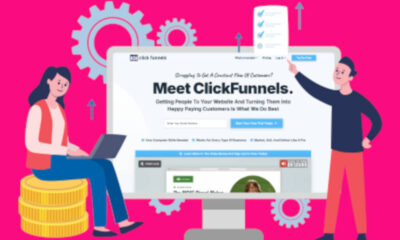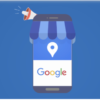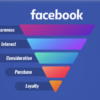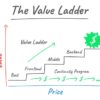Guides
What are the Different Types of Ecommerce?
It’s never too late to enter the eCommerce market. The instances of retail shopping are changing, and they’ve changed for good — due in large part to the flourishing eCommerce industry that is taking over these shops left and right!
According to WPForms:
- It is estimated that 95 percent of all purchases will be through e-commerce by 2040,
- 93.5percent of global internet users have purchased products online,
- 46 percent of American small businesses still don’t have a website,
- The eCommerce industry is growing 23% year-over-year, and
- Globally, 57 percent of online shoppers buy from overseas retailers.
So, if you’re thinking about starting up your own eCommerce business, and we strongly advise that you do, odds are you’ll fall into one of two central business models: B2B or B2C. Each has its own benefits and challenges, but knowing what they’re might help you consider possible opportunities in the market. We’ll discuss this below, along with the different types of eCommerce websites. But first, for any newbies, let’s briefly explain what exactly”eCommerce” means.
What is eCommerce?
While e-business refers more broadly to all aspects of running an internet business, eCommerce especially refers to any online transaction of products. It’s a popular business model and perfect for entrepreneurs who want to find the many benefits of doing business online.
There is online retail shopping that goes directly to consumers through mobile programs, websites, and sometimes even chatbots on social networking programs. Then there are also sellers that are a part of an online market, where third-party transactions take place.
Quite simply, there are two eCommerce business models, as mentioned before: B2B and B2C.
What is a B2B eCommerce version?
Simply put, a Business-to-Business (B2B) model operates by supplying products from one company to another. This is usually done through internet marketplaces or auctions.
Online marketplaces for B2B generally offer discounts for bulk quantities of goods. The buyer can either be the end-user or a freelancer, and the order value is generally high.
These websites enable buyers and sellers, domestic and international, to locate one another to trade goods and services on the internet. They vary according to the size and number of businesses using them and the sort of commodity traded.
Online auctions for B2B are computerized versions of standard auctions, where buyers put the costs and bid against one another.
What’s a B2C eCommerce model?
B2C businesses focus on selling goods and products directly to individual clients, who are the end-users.
B2C purchases are generally reduced in value but have a shorter sales cycle than in B2B as it requires less decision-making. Any online shopper has participated in B2C transactions.
In order for customers to browse products online, a B2C eCommerce business takes a website with an internet store or marketplace. This allows them to decide on their purchase and proceed to a digital checkout with some kind of payment processing gateway.
While it’s a smart idea to use one of those established providers, it is a much better idea to have a backup plan, if and when one of those freezes your merchant account.
That’s why we suggest that you apply for a GroovePay™ account.
Deciding on your business model is just the first step in the procedure of having your eCommerce store up and running. Next, with that in mind, you need to decide which sort of eCommerce shop you want.
6 Examples of the Most Popular Types of Ecommerce:
- Dropshipping & POD — selling things on your website which are manufactured and delivered to a customer by a third party
- Wholesaling — buying products in bulk and keeping them in a warehouse
- White-labelling — applying your brand name to a generic product
- Manufacturing — creating and fulfilling product orders
- Subscription-based — providing products or services to customers at scheduled intervals
- Digital products — selling downloadable digital goods or media that must be purchased for licensed use
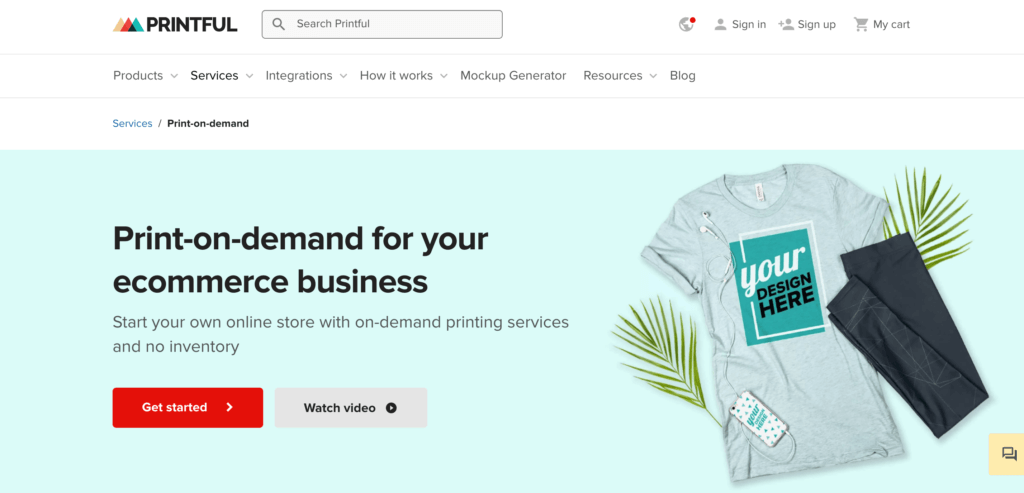
Dropshipping & Print-On-Demand
An eCommerce business that has one of the lowest barriers to entry is dropshipping. Usually, entrepreneurs would need to spend a large amount of capital on inventory before they are able to start selling products. Dropshipping allows them to start an internet business and start selling without having to stock any of these items.
What this means is that after a customer makes a purchase, a dropshipping store then buys that product from a third-party fulfillment provider and has the item shipped directly to the client.
So, a highly accessible and easy way for entrepreneurs to market online is using products on-demand and print-on-demand — that is possible to make free of charge using GrooveKart (… or with a paid Shopify account, your pick!) .
Print-on-demand (POD) is an order fulfillment method where printed items are created as soon as a transaction is made. You can create customized designs for your brand and sell an assortment of products with an automatic system, without having any physical stock in the warehouse.
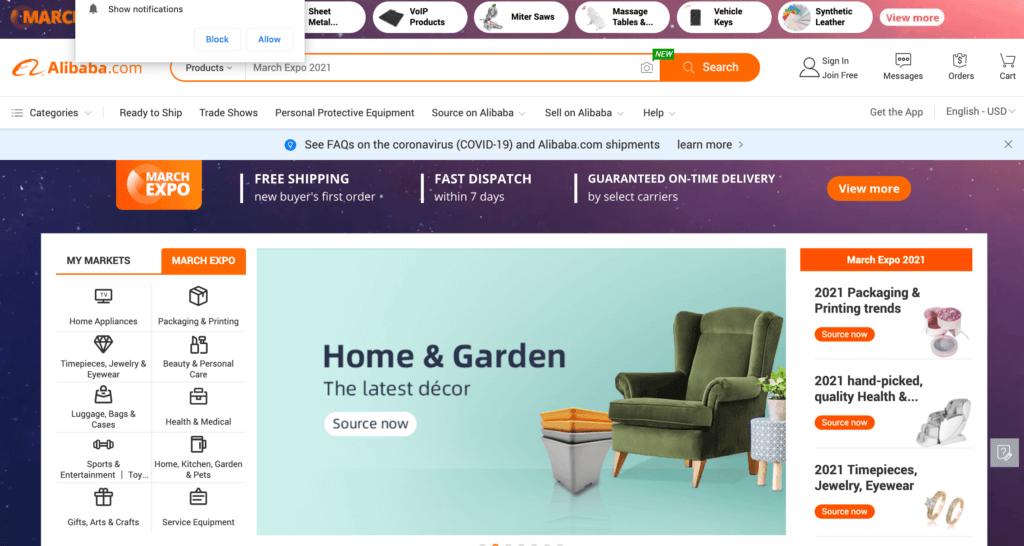
Wholesaling
It’s the sale of merchandise in bulk amounts, often to a retailer who then resells directly to customers. Beginning up this comes with a great financial burden, like fronting the costs of purchasing inventory, but the rewards can be well worthwhile.
It requires more than mass purchasing and warehousing, but also the management of stock and tracking of transport information — no easy feat for a small team. And it can get pricey if you use a fulfillment company. That being said, there’s great earning potential when it comes to generating revenue.
That is because it’s the best business model for preserving autonomy and control over your supply chain, which is leveraged for consistent and sustainable business partnerships with vendors.
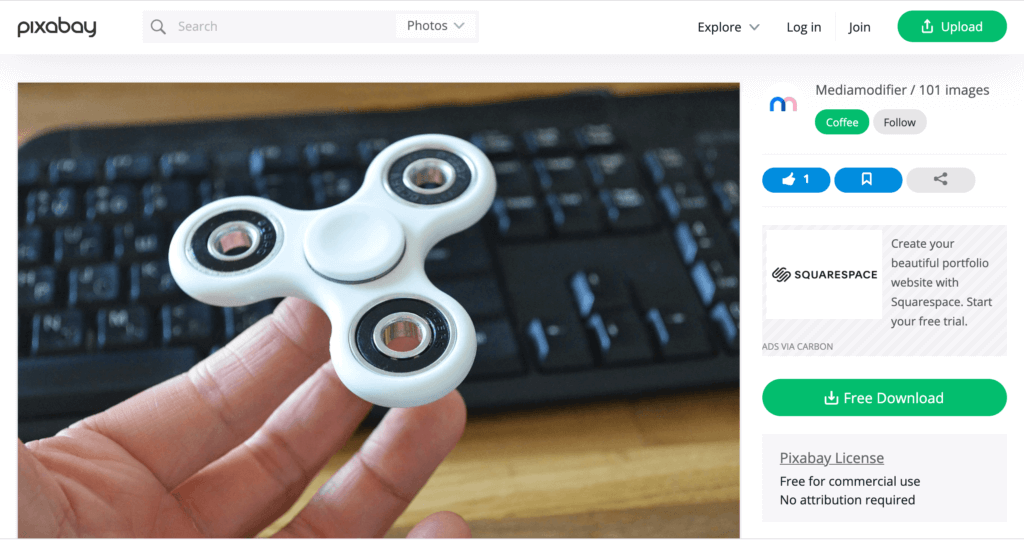
White-labelling
Not looking to reinvent the wheel, or if we say the fidget spinner? White-labeling permits you to legally put your name on a generic product as if you are the maker of it , in fact, you purchase the product from a producer, then simply rebrand and repackage it.
This eCommerce company is based entirely on current market trends and allows you to pour your strategic efforts into marketing and advertising, rather than design and production. Most often, white tagging is for already effective products which have seen benefits. However, as soon as demand drops, profit-earning capabilities plummet. Bear in mind a product’s shelf life and marketplace expectancy before overstocking your inventory.
It’s entirely your responsibility to manage this process, even though the majority of those operations can be easily outsourced. (Do some — or even a lot of — due diligence, obviously.)

Subscription-based
There is a rising trend and exponential growth occurring in the subscription-based eCommerce space. It is a sort of business that allows customers to automatically repurchase a product or service at a set interval period, usually monthly, until such time that they opt to cancel their subscription.
The flexibility and convenience of subscriptions for consumers make for greater satisfaction and loyalty — particularly when the products are delivered and tailored according to usage.
Generally speaking, if you discover a very specific niche to pair with your technical products, it is worth thinking about the new standard in eCommerce.
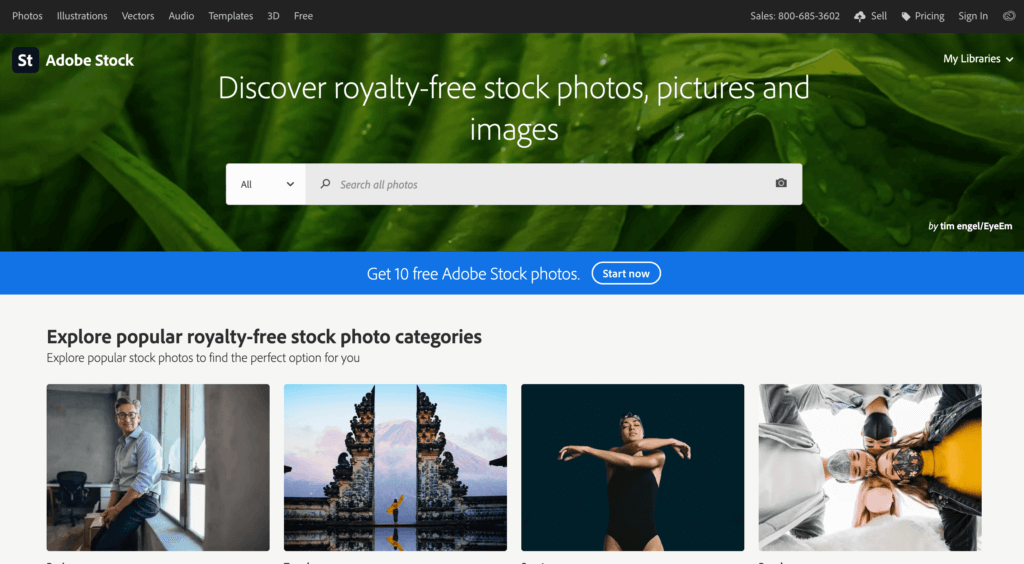
Digital Products
Everybody living in the present world is a consumer of digital products, be it in the form of music, software, documents, videos, courses, ebooks, or graphics. Digital products are, in essence, any type of downloadable digital goods that must be had for licensed use.
Although these products are intangible, entrepreneurs have built global businesses based on them. Digital products, in comparison to physical products, are appealing because they are easy to distribute and easy to automate for passive income.
So, yes, it’s relatively easy to make an electronic product once-off, with small overhead expenses, and then retain most your earnings in profits. However, there are a number of challenges that are specific to selling digital goods, such as being vulnerable to piracy, standing out against free online content, and low barriers to entry for prospective competitors.
In regards to wanting to sell products online, either physical or digital, bear in mind that all the challenges that you will potentially face can be overcome with the right tools and the right strategy. Never let that deter you from trying, but particularly so when it comes to selling your own digital product online.
But selecting your business model and eCommerce type is only just the beginning, as you’ll have to delve into strategies that are specific to your chosen eCommerce business.
So, make no mistake – there will be a learning curve when it comes to getting your own eCommerce store ready. But that’s why we have free training videos available in the GrooveDigital Academy and 3-Day “GroveKart” Challenge which has everything you want to get started on an online business venture.
>>>Join The One Funnel Away Challenge<<<


